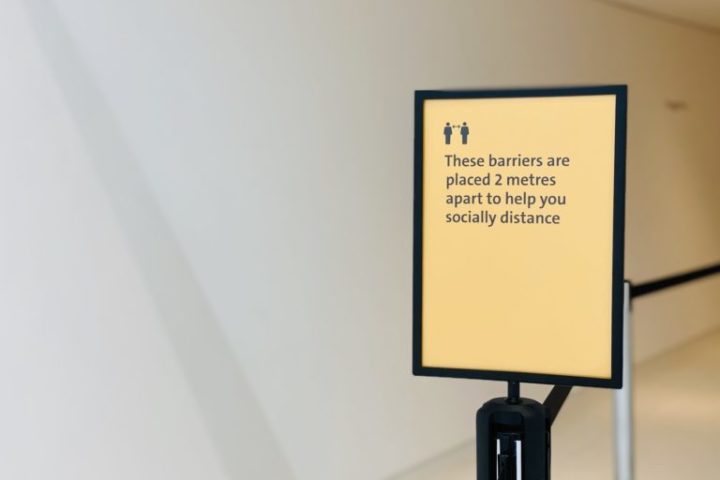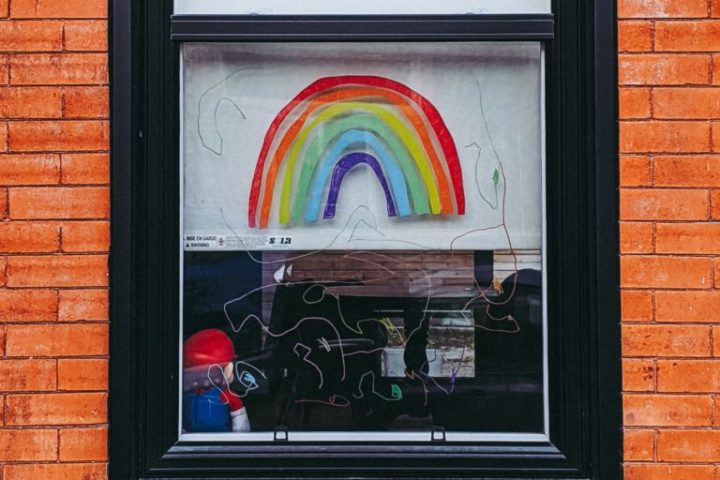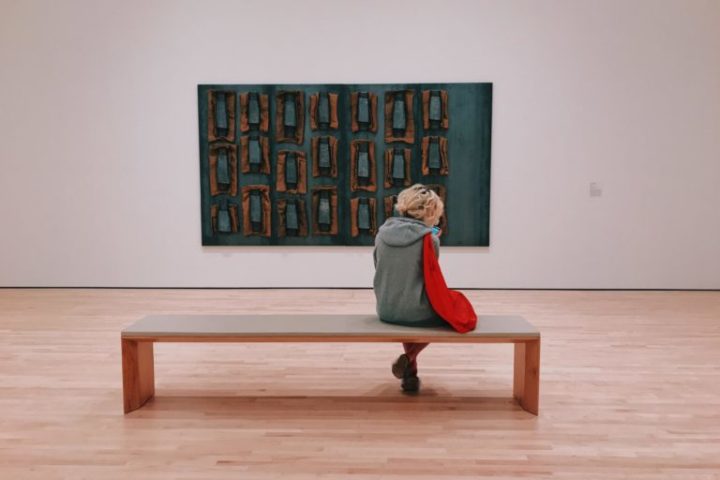The COVID-19 pandemic is still seriously affecting cultural institutions around the world. While some museums have reopened with major limitations, others institutions are still facing the consequences of the health crisis behind closed doors.
Our first report, published in May 2020, presented a dire situation for museums and museum professionals around the world, with around 95% of institutions forced to close in order to safeguard the wellbeing of staff and visitors, resulting in serious economic, social and cultural repercussions.
To gather further information and additional data on how the ongoing COVID-19 outbreak is impacting and will affect the museum sector in the short and long term, we launched a second global survey on 7 September, 2020. Most of the sections and questions referred to the previous survey, allowing us to assess the evolution of the museum crisis brought about by the pandemic and its perception by museum professionals. Other questions took into account how the situation has evolved in recent months, especially in view of the progressive reopening of museums in some regions of the world.
This report analyses almost 900 responses from museums and museum professionals across five continents, which were collected between 7 September and 18 October, 2020. It is important to underline that, shortly after the closure of the survey, Europe began to experience a second wave of generalised lockdowns.
Summary of findings
- Compared to April 2020, the situation for museums in September-October 2020 was much more variable depending on their location in the world: most museums in Europe and Asia were open, the majority were closed in Latin America and the Caribbean, and the situation in the other regions was mixed.
- Museums continued to enhance their digital activities. All the categories analysed by the survey increased in at least 15% of the world’s museums, a figure that rises to almost 50% if we consider channels such as social media, livestreaming events or online educational programmes. Notably, the percentage of museums that started a new media channel increased for every activity considered compared to April.
- Museum professionals have resumed work on site again, but working from home is still widely encouraged or enforced, especially in Latin America and the Caribbean, North America and the Pacific.
- Some 14% of participants stated that part of the staff was furloughed or laid off. Moreover 16.2% of respondents stated that at least a quarter of the museum staff had been laid off or furloughed between February and September 2020 following the COVID-19 crisis, a figure that rises to more than half of the personnel for 10.6% of participants.
- The situation for freelance museum professionals seems to have slightly improved since April, but remains alarming: 10.7% of the respondents said they had been temporarily laid off, and 16% have not had their contracts renewed. The freelance and consultancy sector is very fragile: 40.9% of the respondents stated that they will have to suspend the payment of their own salary as a result of the crisis, and 28,9% said their employers will have to reduce the number of staff. Some 27,5% of freelance museum professionals are considering changing their career entirely.
- Similarly, almost all museums around the world will likely have to reduce their resources and activities as a consequence of the COVID-19 pandemic. 30.9% will downsize their permanent staff; this percentage will rise to 46.1% for freelance and temporary contracts. Although participants seem less worried about the reduction in exhibitions (62.4%) and public programmes (67.4%) than they did in April (82.6%), the figure is still unsettling. The percentage of respondents who think that their museum will close permanently falls from 12.8 to 6.1%, but more than 50% of participants think that their institution will have to operate with reduced opening hours.
- The data still show significant differences across regions, and more pronounced effects where museums are recent and few, and where structures are still fragile: Asia, the Arab countries and Latin America and the Caribbean seem to be the hardest hit regions during this second survey.
- In general, security procedures and the conservation of heritage in museums continued throughout the lockdown: about 80% of the respondents said that these measures were maintained, with at least 10% of respondents stating that their museums had increased these measures since April to help them cope with the pandemic. However, in Africa, Latin America and the Caribbean and the Arab Countries these measures were considered to be insufficient by 15-20% of participants.
Once again, ICOM, representing the international museum community, calls on policy and decision-makers to urgently allocate relief funds to assist museums and their professionals, so that they can survive the crisis and continue their vital public service mission. The recovery of our economies and the healing process for our societies after the COVID-19 crisis will be long and complex. Museums, as key protagonists in local development and as incomparable places for people to meet and learn, will have an important role to play in rebuilding the local economy and repairing the social fabric of affected communities.


